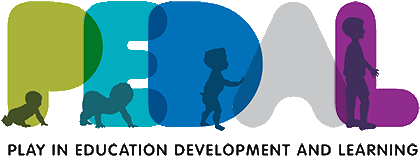As the only text of its kind, this book provides in-depth information about Vygotsky’s theories, neo-Vygotskians’ findings, and concrete explanations and strategies that instruct teachers how to influence student learning and development. Key changes to this edition include a new chapter on dynamic assessment, separate and expanded chapters on developmental accomplishments of infants and toddlers, preschool/kindergarten, and primary grades and on supporting those accomplishments, and elaborations of Vygotsky’s ideas from neo-Vygotskians from Russia. FEATURES: Written for the beginning student, the book provides a clear discussion of Vygotskian principles including…a historical overview and a complete chapter on the “Zone of Proximal Development,” (ZPD). Each section of the book builds on the other…framework, strategies, and applications of the Vygotskian approach. The work of Vygotsky is compared in a fair and balanced way with the work of Piaget. Examples and activities have been class-tested in a variety of classroom environments including a Head Start program, private preschool, and in the Denver Public Schools.
